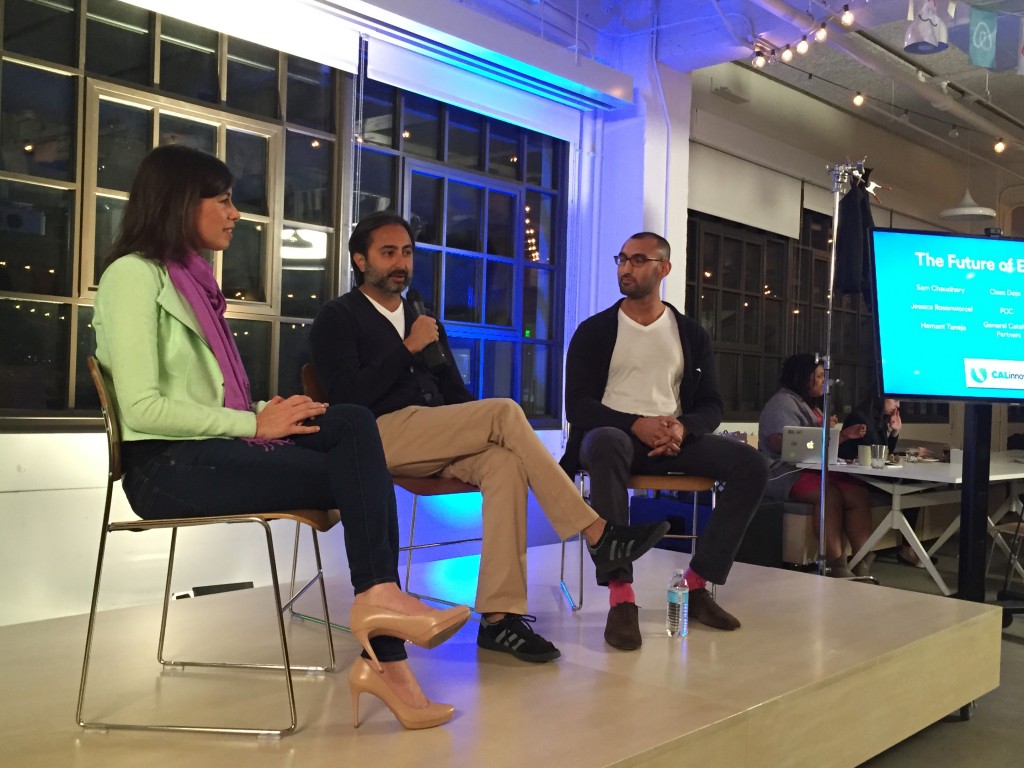It might not be the hippest platform but it gets the job done
by Mike Montgomery
A University of Austin undergrad recently took to Medium to explain how his generation really views social networks. Unsurprisingly, Instagram and Snapchat are the places young consumers are most likely to hang out. Twitter is a bit of a mystery. Tumblr is a secret society everyone is in. LinkedIn is something they have to do and Pinterest is for artsy women.
Facebook is dead to them.
Well not completely dead. In the next breath, writer Andrew Watts admits that everyone has a Facebook account because while Facebook can be weird and annoying, “if you don’t have Facebook, that’s even more weird and annoying.”
So what’s a small business supposed to do with this breakdown? Everyone wants to reach the young demographic but Snapchat is reportedly asking $750,000 for an ad that disappears as soon as the viewer has seen it. That’s out of reach for pretty much every small and medium sized company.
Businesses know they need to be marketing on social media. But the range of sites and the sheer volume of available data can be overwhelming for a company that may only have a few employees and a tiny marketing budget.
I turned to Michael Perry, the founder of Kit*, to help walk me through the different options. Full disclosure, Perry’s company is a member of CALinnovates, the tech advocacy group where I serve as executive director. Kit acts as a digital marketing assistant helping small businesses place ads on different social networks.
Facebook
According to Perry, Facebook is still far and away to best place for small businesses to advertise. Just look at Watt’s breakdown of the teen view of social networks. They might find Facebook annoying but everyone is on there.
“Their giant size is the biggest pro to advertising on Facebook,” says Perry. “Their targeting is better than anyone else.”
For less than $100 Facebook gives small business owners the opportunity to target a demographic as specific as women 25–40 who are moms, live in San Francisco and like yoga. Ads show up in Facebook’s mobile stream as well as online and give users a way to directly interact with the company.
Theo Yedinsky, one of the founders of the social media services company Social Stream Consulting, said that when his wife set up an exercise studio in Brooklyn, they immediately turned to Facebook for advertising. A new client special offer quickly paid for the price of the ad and most importantly, got people in the door to try out the studio.
“Facebook is the biggest and most important platform,” says Yedinsky. “You get a lot of bang for your buck.”
The downside of Facebook, according to Perry, is that the fire hose of data can be overwhelming for many small business owners.
“You can get into a very nasty spider web if you don’t know what you’re doing,” says Perry. “It’s easy to go too specific or too broad.”
Twitter
The social networking site is finally starting to become a force in advertising. According to the company’s latest earnings report, demand for ads is outstripping supply. For the fourth quarter, promoted tweets were up 130% helping boost revenue 97% to $479 million.
But for the most part, the site still mystifies small business owners. Perry says he’s trying to figure out the best way to use Twitter but one thing the site is clearly very good for is giving business owners a chance to talk directly to their customers and to listen to them.
“You can build a brand around having a conversation and that’s free to do,” says Perry. “There’s a lot of emphasis on that for right now.”
Pinterest
Perry calls Pinterest the golden nugget of social networking.
“I can’t stress how many people are interested in Pinterest ads,” says Perry, because Pinterest users are already in the buying mood when they click on the site. The company is only now starting to roll out promoted pins, which will be the Pinterest equivalent of ads. Right now only companies invited to use the beta can create promoted pins but the program is expected to roll out soon.
The big question is how much promoted pins will cost.
“We assume it will be impression based but it could be pay per click,” says Perry. “We just don’t know yet.”
Snapchat
The hottest player in social media today offers crazy engagement and an age demographic to die for but Perry says the price is just way too high for anyone whose brand isnt’ huge.
Instagram
The Facebook owned photo-sharing site is a good place to build a brand but not a great place for small businesses to try and buy ads. Ad space on the platform is limited and pricey right now. According to this article from Ad Age, a month-long ad campaign on Instagram can cost as much as $1 million. That keeps small business owners out of the sandbox but Perry expects they’ll eventually be asked to play as supply goes up and prices come down
As important as social networks are, they shouldn’t be the only arrow in a small business’ quiver. Social media expert Chase Norlin, who now runs the labor force training organization Transmosis*, says it’s important to try lots of different kinds of ad platforms, including Yelp, AdRoll, and Google, and see which mix performs best.
“Social media is valuable not because the user is so engaged but because of the targeting and automation that goes on there,” says Norlin. “It’s really all about the data that exists behind the scenes.”
*CALinnovates members
Mike Montgomery is executive director of CALinnovates, a coalition advocating on behalf of California’s tech community.
Read the article as first published on Medium






